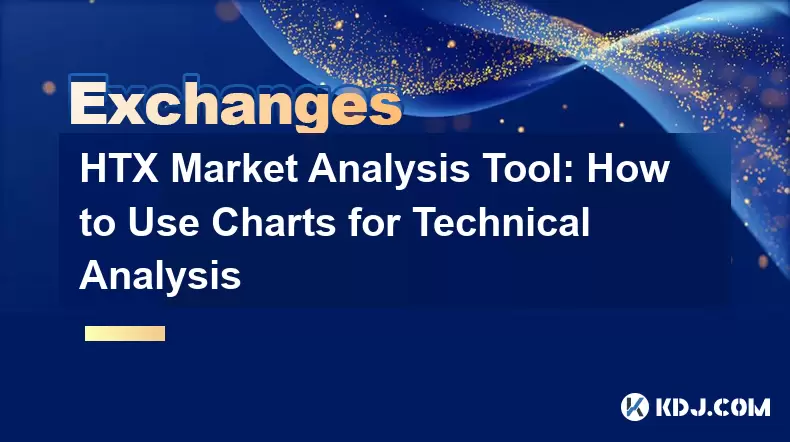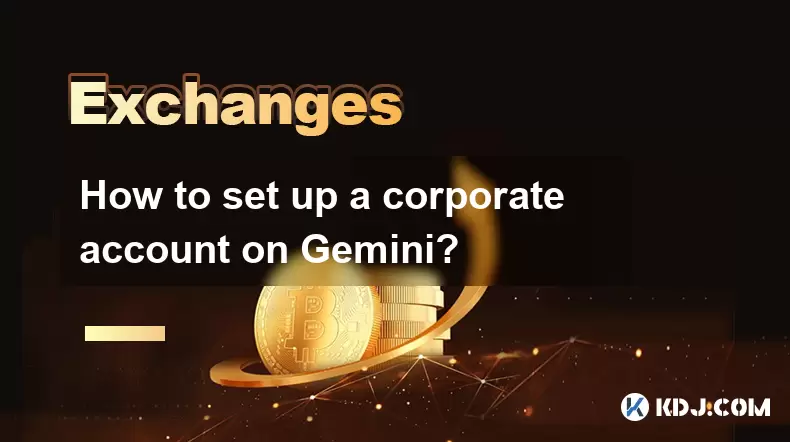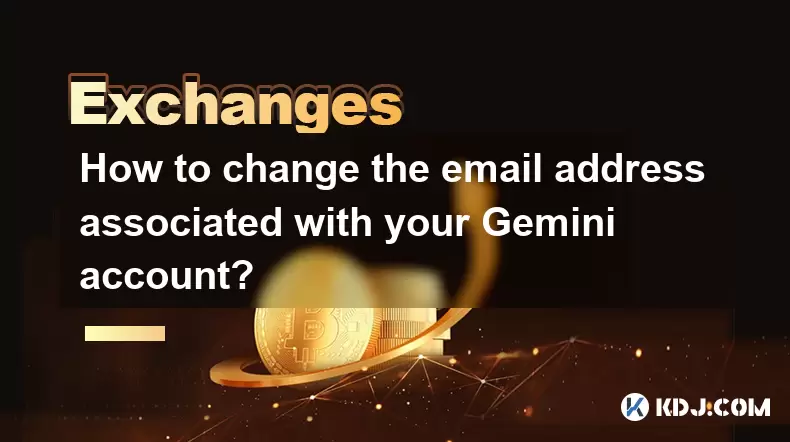-
 Bitcoin
Bitcoin $114200
0.00% -
 Ethereum
Ethereum $3637
0.56% -
 XRP
XRP $2.950
-2.01% -
 Tether USDt
Tether USDt $0.9999
0.02% -
 BNB
BNB $761.0
0.55% -
 Solana
Solana $164.1
-1.38% -
 USDC
USDC $0.9999
0.02% -
 TRON
TRON $0.3332
0.36% -
 Dogecoin
Dogecoin $0.2012
-0.52% -
 Cardano
Cardano $0.7261
-1.41% -
 Hyperliquid
Hyperliquid $37.62
-2.13% -
 Stellar
Stellar $0.3930
-2.65% -
 Sui
Sui $3.441
-0.16% -
 Bitcoin Cash
Bitcoin Cash $563.8
0.70% -
 Chainlink
Chainlink $16.50
0.09% -
 Hedera
Hedera $0.2424
-0.14% -
 Ethena USDe
Ethena USDe $1.001
0.01% -
 Avalanche
Avalanche $22.20
0.00% -
 Litecoin
Litecoin $118.0
-2.48% -
 UNUS SED LEO
UNUS SED LEO $8.991
0.12% -
 Toncoin
Toncoin $3.195
-3.87% -
 Shiba Inu
Shiba Inu $0.00001217
0.12% -
 Uniswap
Uniswap $9.674
-0.21% -
 Polkadot
Polkadot $3.633
1.00% -
 Monero
Monero $295.3
-0.82% -
 Dai
Dai $0.9999
0.00% -
 Bitget Token
Bitget Token $4.321
-0.41% -
 Cronos
Cronos $0.1392
0.73% -
 Pepe
Pepe $0.00001027
-0.89% -
 Aave
Aave $258.5
0.32%
HTX Market Analysis Tool: How to Use Charts for Technical Analysis
HTX offers comprehensive tools for technical analysis, including various chart types and indicators, to help traders navigate the crypto market effectively.
Jun 07, 2025 at 03:56 am

In the dynamic world of cryptocurrency trading, understanding and utilizing market analysis tools is crucial for making informed decisions. One of the most popular platforms among traders is HTX, which offers a comprehensive set of tools for technical analysis. Among these, charts are particularly valuable for visualizing price movements and trends. This article will guide you through the process of using charts on HTX for effective technical analysis, helping you to better navigate the crypto market.
Understanding the Basics of HTX Charts
Before diving into the specifics of using charts for technical analysis on HTX, it's essential to understand what these charts are and what they represent. HTX charts are graphical representations of price movements over time, typically displayed in various formats such as line charts, candlestick charts, and bar charts. Each type of chart provides different levels of detail and can be used for different purposes in technical analysis.
- Line charts are the simplest form, showing the closing prices connected by a line. They are useful for identifying general trends but lack detailed information.
- Candlestick charts are more detailed, displaying the open, high, low, and close prices for each time period. They are widely used for their ability to show price movements within a specific timeframe.
- Bar charts offer a similar level of detail to candlestick charts but in a different visual format, with vertical lines representing the high and low prices and horizontal lines indicating the open and close prices.
Setting Up Your Chart on HTX
To begin using charts for technical analysis on HTX, you need to set up your chart correctly. Here’s how you can do it:
- Log into your HTX account and navigate to the trading section.
- Select the cryptocurrency pair you want to analyze. For example, if you are interested in Bitcoin against the US Dollar, choose the BTC/USD pair.
- Choose the chart type you prefer. For most technical analyses, candlestick charts are recommended due to their detailed information.
- Adjust the time frame according to your trading strategy. Common time frames include 1 minute, 5 minutes, 15 minutes, 1 hour, 4 hours, and 1 day.
Once your chart is set up, you can start applying technical analysis techniques to interpret the data.
Identifying Trends with HTX Charts
One of the primary uses of charts in technical analysis is to identify trends. Trends indicate the general direction in which the price of a cryptocurrency is moving. On HTX, you can use the following methods to identify trends:
- Look for higher highs and higher lows in an uptrend. This means that each peak and trough in the price is higher than the previous one.
- Identify lower highs and lower lows in a downtrend. Here, each peak and trough is lower than the previous one.
- Use trend lines to visually represent the trend. Draw a line connecting the lows in an uptrend or the highs in a downtrend. If the price continues to respect this line, the trend is likely to continue.
Applying Technical Indicators on HTX Charts
Technical indicators are mathematical calculations based on the price and/or volume of a cryptocurrency, used to predict future price movements. HTX offers a variety of technical indicators that you can apply to your charts. Here’s how to add and use them:
- Access the indicators menu on the HTX chart interface.
- Choose the indicator you want to apply. Common indicators include Moving Averages, Relative Strength Index (RSI), and Bollinger Bands.
- Configure the settings for the indicator, such as the period for Moving Averages or the overbought/oversold levels for RSI.
- Analyze the indicator in conjunction with the price action on the chart. For example, if the RSI is above 70, it may indicate that the cryptocurrency is overbought and a price correction could be imminent.
Using Candlestick Patterns for Trading Signals
Candlestick patterns are another powerful tool for technical analysis on HTX. These patterns can provide insights into potential market reversals or continuations. Here are some common candlestick patterns and how to identify them:
- Bullish Engulfing Pattern: This occurs when a small bearish candle is followed by a larger bullish candle that completely engulfs the body of the previous candle. It suggests a potential bullish reversal.
- Bearish Engulfing Pattern: The opposite of the bullish engulfing pattern, this occurs when a small bullish candle is followed by a larger bearish candle that engulfs the body of the previous candle, indicating a potential bearish reversal.
- Doji: A Doji is a candlestick with an opening and closing price that are virtually equal. It suggests indecision in the market and can signal a potential reversal.
To use these patterns on HTX, simply observe the candlestick formations on your chart and look for the patterns mentioned above. When you spot a pattern, consider it in the context of the overall trend and other technical indicators to make a more informed trading decision.
Drawing Support and Resistance Levels
Support and resistance levels are key concepts in technical analysis, representing price levels where the market has historically shown a tendency to reverse or stall. On HTX, you can draw these levels directly on your chart to aid in your analysis:
- Identify past price levels where the cryptocurrency has reversed or stalled. These levels can be found by looking at historical highs and lows.
- Draw horizontal lines on your HTX chart at these levels. Use different colors to distinguish between support (where prices tend to bounce back up) and resistance (where prices tend to fall back down).
- Monitor price action at these levels. If the price approaches a support or resistance level and reacts as expected, it can confirm the validity of these levels. If the price breaks through these levels, it may indicate a significant shift in market sentiment.
Frequently Asked Questions
Q: Can I customize the appearance of charts on HTX?
A: Yes, HTX allows you to customize the appearance of your charts. You can change the color scheme, add or remove grid lines, and adjust the scale to suit your preferences. To do this, navigate to the chart settings menu and explore the available options.
Q: How often should I update my technical analysis on HTX?
A: The frequency of updating your technical analysis depends on your trading strategy. For short-term traders, updating analysis multiple times a day may be necessary, while long-term investors might update their analysis weekly or monthly. Always stay updated with market news and adjust your analysis accordingly.
Q: Are there any additional tools on HTX that can enhance my technical analysis?
A: Yes, HTX offers additional tools such as drawing tools for trend lines, Fibonacci retracement levels, and volume indicators. These can be accessed from the chart toolbar and can provide further insights into market dynamics.
Q: Can I save my chart setups on HTX for future reference?
A: Yes, HTX allows you to save your chart setups. Once you have configured your chart to your liking, you can save the setup with a name for easy access in future trading sessions. This feature is particularly useful for maintaining consistency in your analysis.
Disclaimer:info@kdj.com
The information provided is not trading advice. kdj.com does not assume any responsibility for any investments made based on the information provided in this article. Cryptocurrencies are highly volatile and it is highly recommended that you invest with caution after thorough research!
If you believe that the content used on this website infringes your copyright, please contact us immediately (info@kdj.com) and we will delete it promptly.
- Brazil, Bitcoin, Hearing Date: Is Brazil About to Embrace Bitcoin?
- 2025-08-06 20:30:38
- Stabull DEX on Base Chain: A New Era for Stablecoins?
- 2025-08-06 20:47:53
- WeWake Finance: Is This the Crypto ROI Opportunity You've Been Waiting For?
- 2025-08-06 21:10:18
- PancakeSwap, US Stocks, and Perpetual Contracts: A New Frontier in DeFi
- 2025-08-06 21:10:18
- South Korea, Stablecoins, and Online Banks: KakaoBank's Bold Move
- 2025-08-06 20:47:53
- Crypto, ASEAN, and the Philippines: Web3's Rising Star?
- 2025-08-06 21:55:07
Related knowledge

How to set and manage alerts on the Gemini app?
Aug 03,2025 at 11:00am
Understanding the Gemini App Alert SystemThe Gemini app offers users a powerful way to stay informed about their cryptocurrency holdings, price moveme...

How to use the Gemini mobile app to trade on the go?
Aug 04,2025 at 09:14am
Setting Up the Gemini Mobile AppTo begin trading on the go using the Gemini mobile app, the first step is installing the application on your smartphon...

How to set up a corporate account on Gemini?
Aug 05,2025 at 03:29pm
Understanding Gemini Corporate AccountsGemini is a regulated cryptocurrency exchange platform that supports both individual and corporate account crea...

How to change the email address associated with your Gemini account?
Aug 06,2025 at 08:49pm
Understanding the Importance of Updating Your Email on GeminiYour email address serves as a primary identifier and communication channel for your Gemi...

What to do if you forgot your Gemini password?
Aug 04,2025 at 03:42am
Understanding the Role of Passwords in Gemini AccountsWhen using Gemini, a regulated cryptocurrency exchange platform, your password serves as one of ...

What are the websocket feeds available from the Gemini API?
Aug 03,2025 at 07:43pm
Overview of Gemini WebSocket FeedsThe Gemini API provides real-time market data through its WebSocket feeds, enabling developers and traders to receiv...

How to set and manage alerts on the Gemini app?
Aug 03,2025 at 11:00am
Understanding the Gemini App Alert SystemThe Gemini app offers users a powerful way to stay informed about their cryptocurrency holdings, price moveme...

How to use the Gemini mobile app to trade on the go?
Aug 04,2025 at 09:14am
Setting Up the Gemini Mobile AppTo begin trading on the go using the Gemini mobile app, the first step is installing the application on your smartphon...

How to set up a corporate account on Gemini?
Aug 05,2025 at 03:29pm
Understanding Gemini Corporate AccountsGemini is a regulated cryptocurrency exchange platform that supports both individual and corporate account crea...

How to change the email address associated with your Gemini account?
Aug 06,2025 at 08:49pm
Understanding the Importance of Updating Your Email on GeminiYour email address serves as a primary identifier and communication channel for your Gemi...

What to do if you forgot your Gemini password?
Aug 04,2025 at 03:42am
Understanding the Role of Passwords in Gemini AccountsWhen using Gemini, a regulated cryptocurrency exchange platform, your password serves as one of ...

What are the websocket feeds available from the Gemini API?
Aug 03,2025 at 07:43pm
Overview of Gemini WebSocket FeedsThe Gemini API provides real-time market data through its WebSocket feeds, enabling developers and traders to receiv...
See all articles

























































































